Brain Education is a practical methodology for cultivating peace grounded in Hongik Human Thought. Its objective is to actualize peace through the proper utilization of the human brain. Hongik Human Thought, transcending the cultural confines of the Korean people, holds universal value applicable to all of humanity. In the 21st century, it has been introduced as the ‘Earth Citizenship’ and, more recently, as the concept of ‘coexistence.
Contents
- 2023 New Humanity Pledge
- Community Wellness in Parks Initiative
- [Interview] Park Training Ground Instructor Young-geon Lee
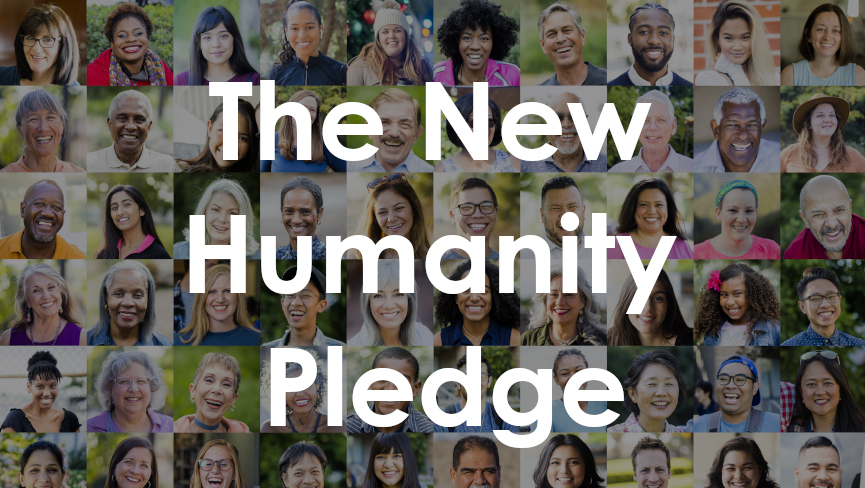
2023 New Humanity Pledge
At the close of 2015, the United Nations Framework Convention on Climate Change (UNFCCC) unanimously embraced the Paris Agreement, targeting a global temperature increase limitation of 1.5°C and reduction in greenhouse gas emissions.
However, recent pronouncements from UN specialized agencies reveal that global greenhouse gas emissions have not substantially decreased. The accelerated pace of global warming now anticipates reaching a 1.5°C temperature increase in the near future.
Climate change due to global warming is no longer a distant future concern; it has become an urgent and tangible threat happening now. Humanity requires a transformative change, akin to a mutation, surpassing gradual adaptations to climate change to address fundamental shifts in human identity and value systems.
Aligning with this perspective, on May 1, 2023, Ilchi Lee, the proposer of the Earth Citizen Movement and President of IBREA, alongside Earth Citizens Organizations globally, established the “New Humanity Pledge.”
This pledge signifies a transition beyond the present-day human civilization symbolized by ‘Homo Sapiens,’ towards a new human ideal called ‘Homo Coexistence,’ aspiring to symbiotically coexist with all life. The pledge proposes five immediate practical guidelines for individuals to implement in their daily lives, transcending the current state of human civilization.
Proposed Actions:
As members of a New Humanity, we commit ourselves to the following actions:
- Caring for our own physical, mental, and emotional wellness naturally and proactively whenever possible and helping others do the same.
- Living in harmony with nature by reducing our carbon footprint, conserving energy and water, and protecting natural habitats and biodiversity.
- Promoting peace and harmonious coexistence by fostering dialogue, respect, and understanding across cultures, religions, and nations.
- Supporting mindful use of technology and sustainable and equitable economic development through responsible consumption, production, and investment.
- Educating ourselves and others about the urgent need for change, the opportunities for action, and stories of success, and encouraging others to join us in the effort to save the planet.
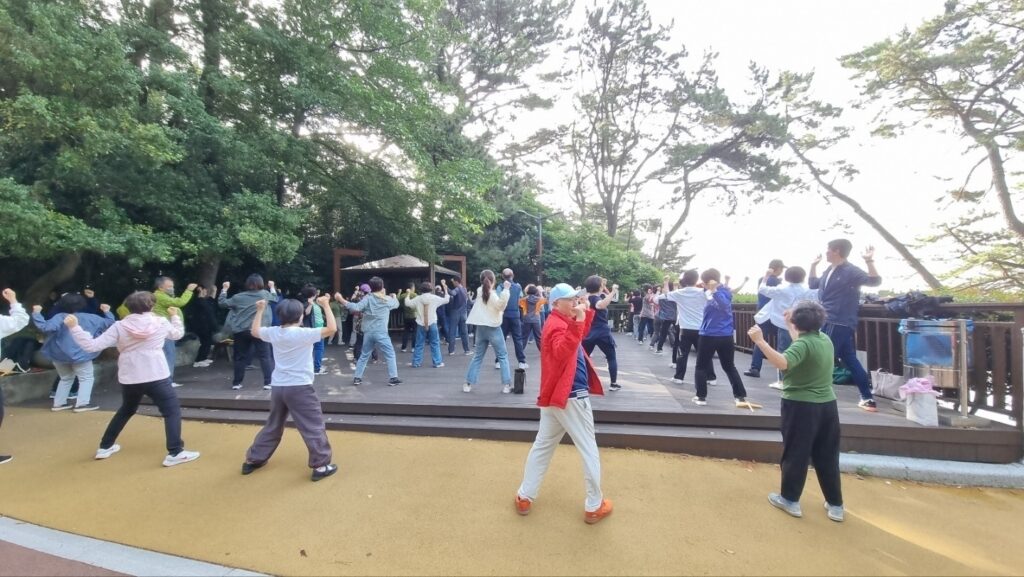
Community Wellness in Parks Initiative
Caring for our own physical, mental, and emotional wellness naturally and proactively whenever possible and helping others do the same
The Earth Citizens Organization in Korea and Japan launched the “Community Wellness in Public Parks Initiative” as the inaugural response to the guidelines proposed in the New Humanity Pledge.
Public parks, open for anyone’s use, now serve as symbolic spaces where citizens embodying the spirit of coexistence can exchange insights on personal well-being. The initiative aims to establish 10,000 park training grounds nationwide in Korea and Japan, respectively, epitomizing the commitment of Earth Citizens to the New Humanity Pledge.
In today’s society, individuals often rely on medications and medical professionals for even minor health issues, leading to a disconnection from their bodies and forgetting that the human body is an integral part of nature. Volunteers involved in the Initiative employ traditional Eastern practices such as meditation and Kigong(Qigong) to reconnect with the natural sensations within, fostering a sense of responsibility for their health and building a well-being community.
In Japan, the Earth Citizens Organization hosted a YouTube live event on November 3rd to engage in Earth Kigong (Qigong) collectively. Earth Kigong involves movements symbolizing unity with the Earth. The event saw participation from park training ground instructors and over 3,000 members from various regions in Japan.
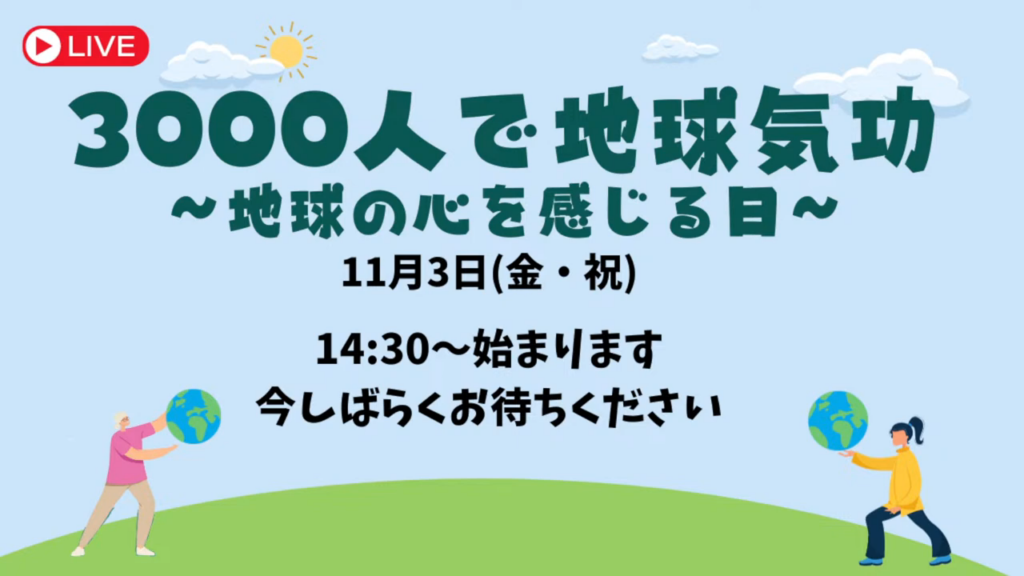
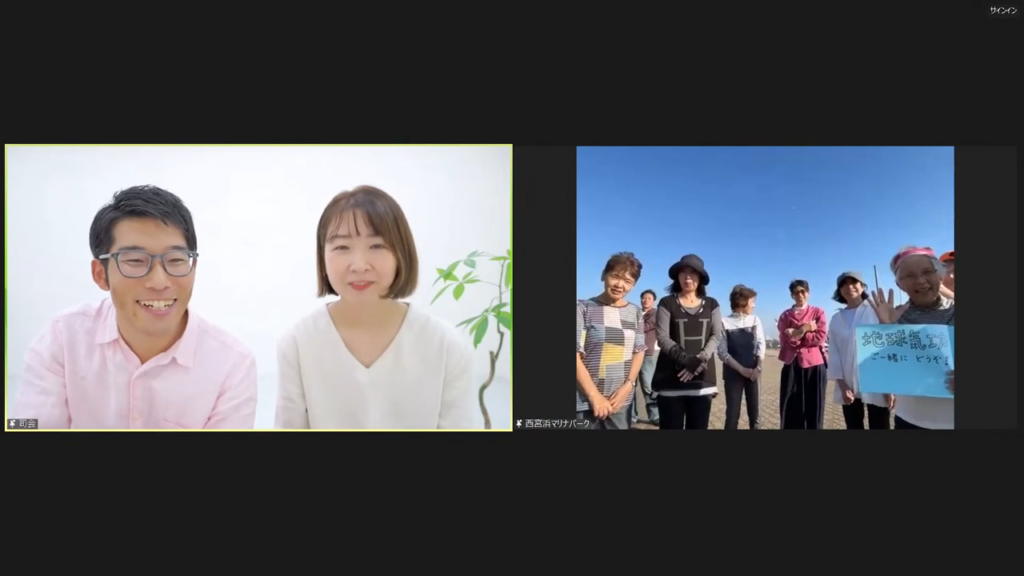
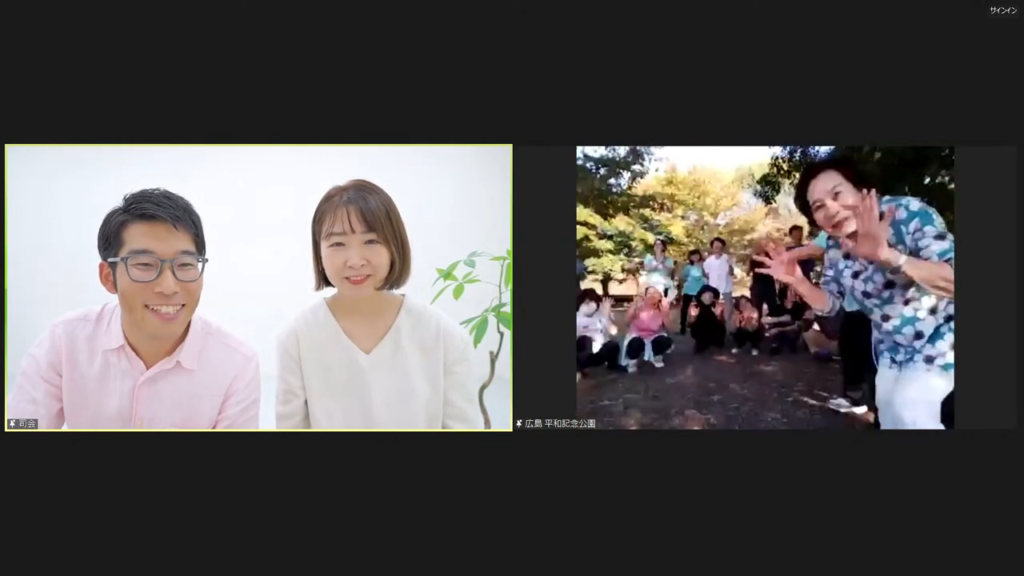
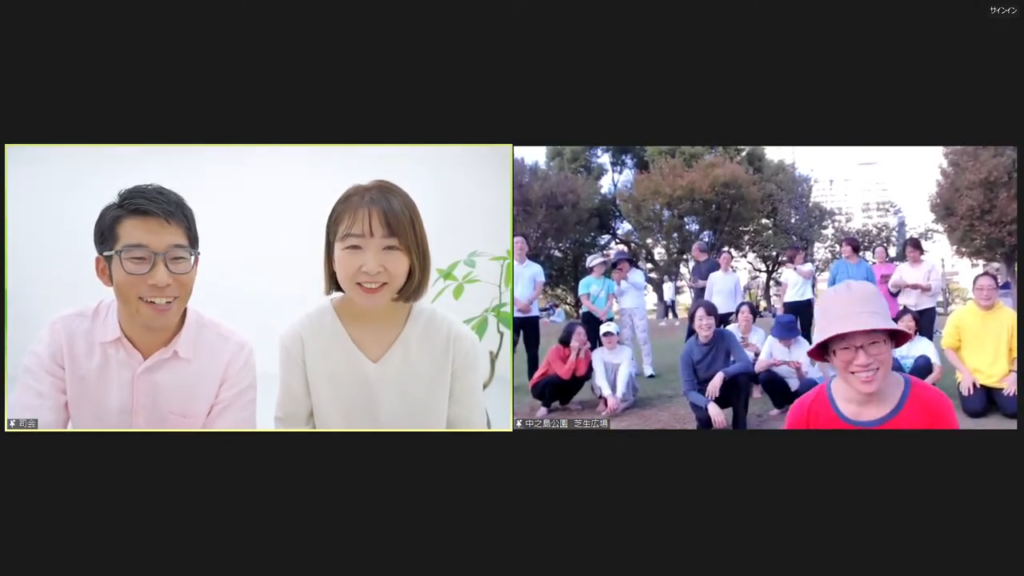
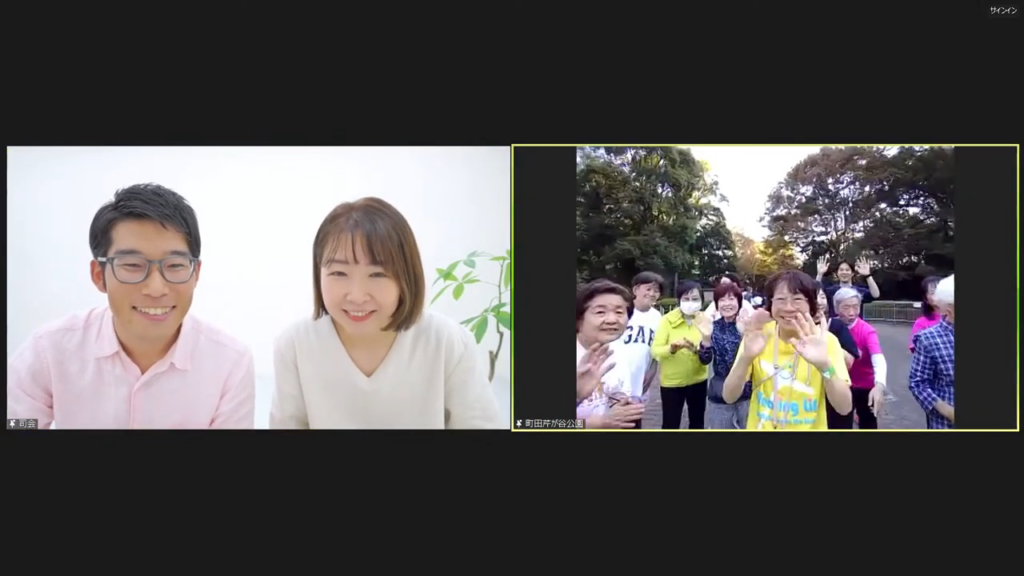
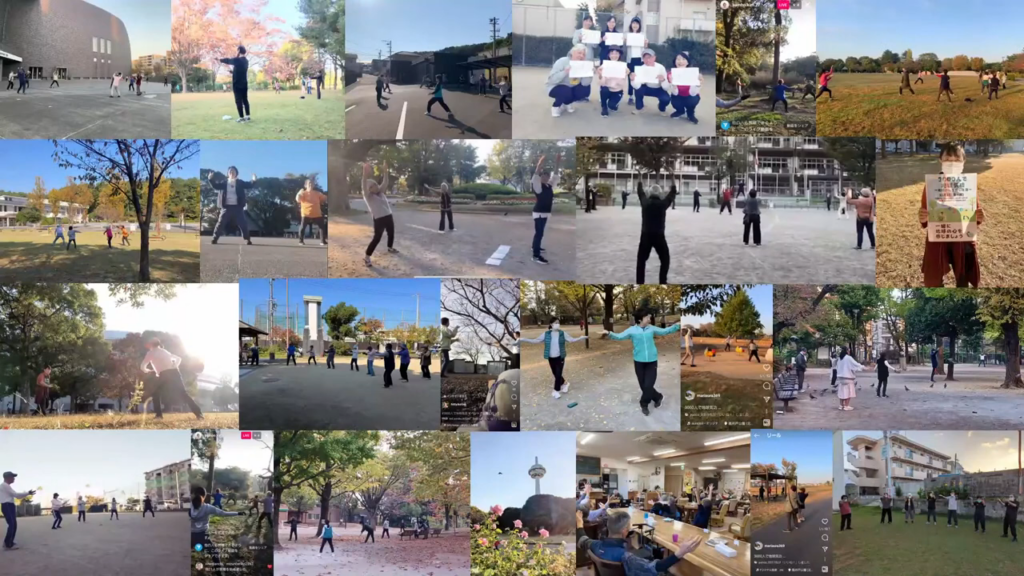
As of December 2023, about 5,800 park training grounds have been established in approximately 7,000 parks in Korea and Japan, with over 70,000 citizens actively participating.
*The Earth Citizen Organization is a coalition of Earth Citizens committed to fostering a culture of health, happiness, and peace with the Earth at its core. Headquartered in New Zealand, it boasts members from around the world, including Korea, the United States, and Japan.
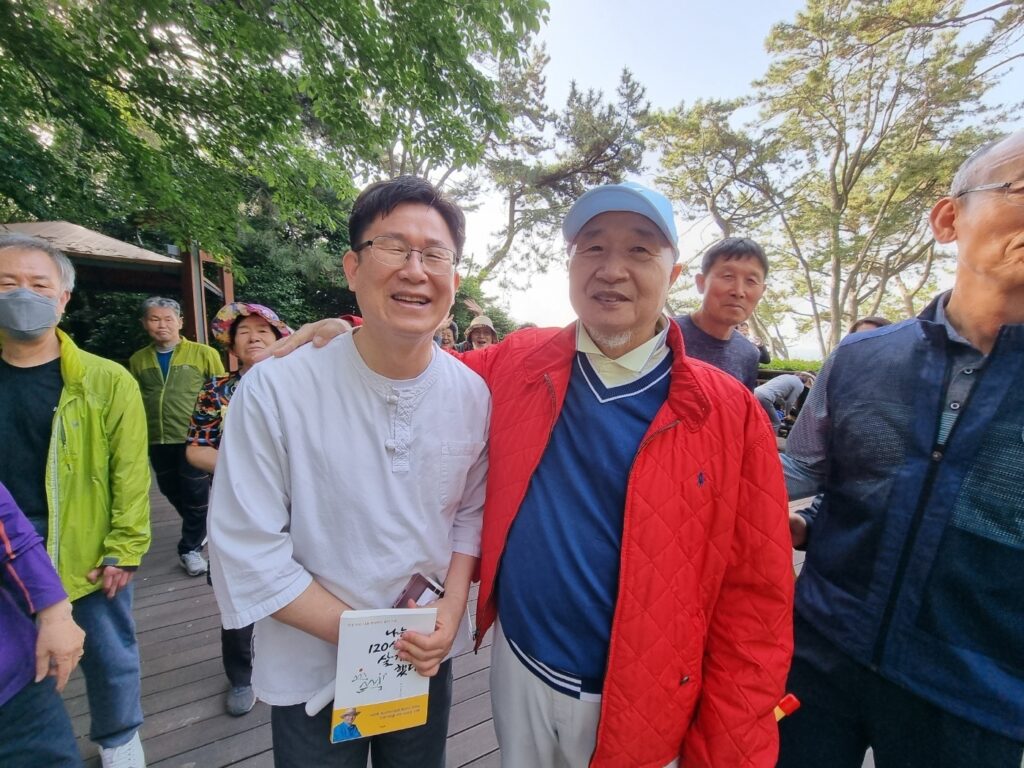
[Interview] Park Training Ground Instructor Young-geon Lee
Busan’s ‘Haeundae Dongbaekseom 120 Club’
Situated in a forest along Haeundae Beach, with a view of Tsushima Island, the park training ground of Haeundae Dongbaekseom 120 Club has been under the guidance of Instructor Young-geon Lee for the past eight years. The training sessions, which commenced about 30 years ago, continue on weekdays until temperatures drop below freezing.
This park training ground boasts a membership of over 150 individuals, with well over a thousand having passed through its gates in the past eight years. In 2022, Young-geon Lee received accolades from the Haeundae District Office in Busan as an exemplary citizen, thanks to member recommendations, and financial support from the Korean Sports Council.
Ilchi Lee, President of IBREA, visited the park training ground to provide encouragement shortly after the initiation of the Park Initiative. President Lee had previously pioneered the first park training ground in Anyang, Gyeonggi Province, in the 1980s, as a practical manifestation of Hongik Human Thoughts.
Below is an interview with Young-geon Lee.
Q: What inspired you to start the park training ground?
I began practicing meditation ten years ago due to severe facial nerve palsy. At that time, I learned something called “Belly Button Healing,” which was incredibly helpful for me. So, armed with the belly button healing wand, I started coming to this park in the early morning to share with the elderly who came out to exercise.
While I started meditation practice to recover my health, it’s not easy to maintain. However, as I operate this training ground, it was easy to make it a routine because opening the class every morning is my responsibility.
And, when I started guiding the practice, I realized that there’s something different about knowing and experiencing the joy of Hongik (benefiting all). I learned about the joy of Hongik not just through knowledge but felt it in my heart by practicing it.
Many successful individuals live in this neighborhood. There are business owners, doctors, legal professionals, and even former university presidents. But, when they talk to me about their discomfort or illness, you learn that material success is not everything. Even if they have succeeded, they are not necessarily happy.

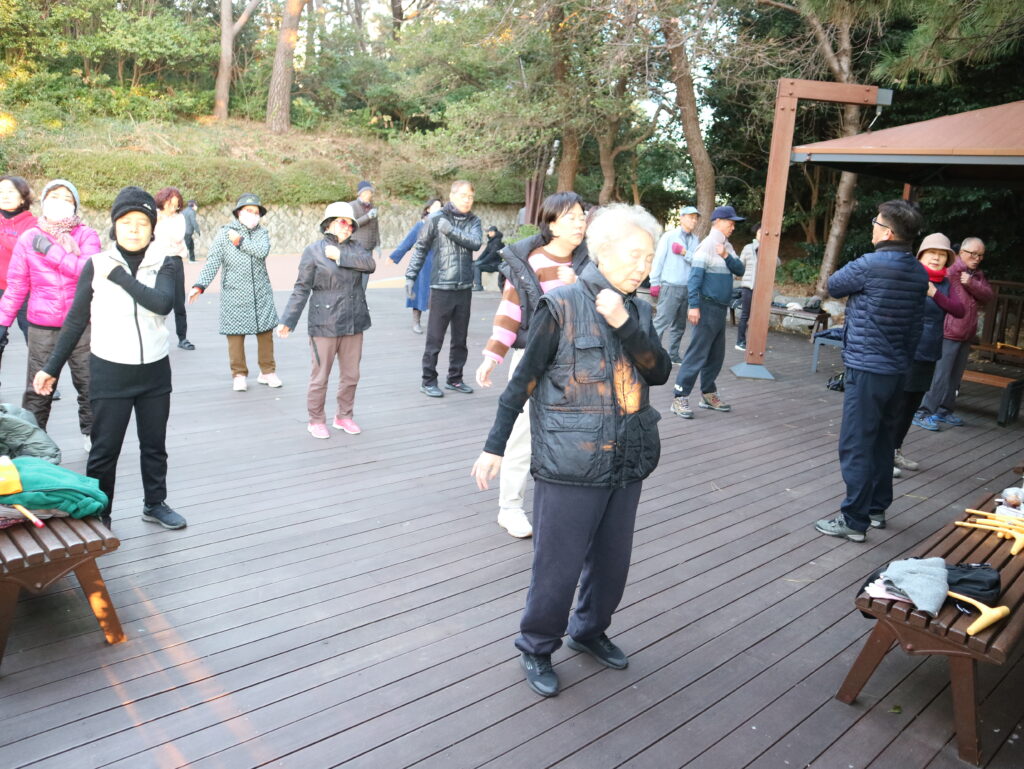
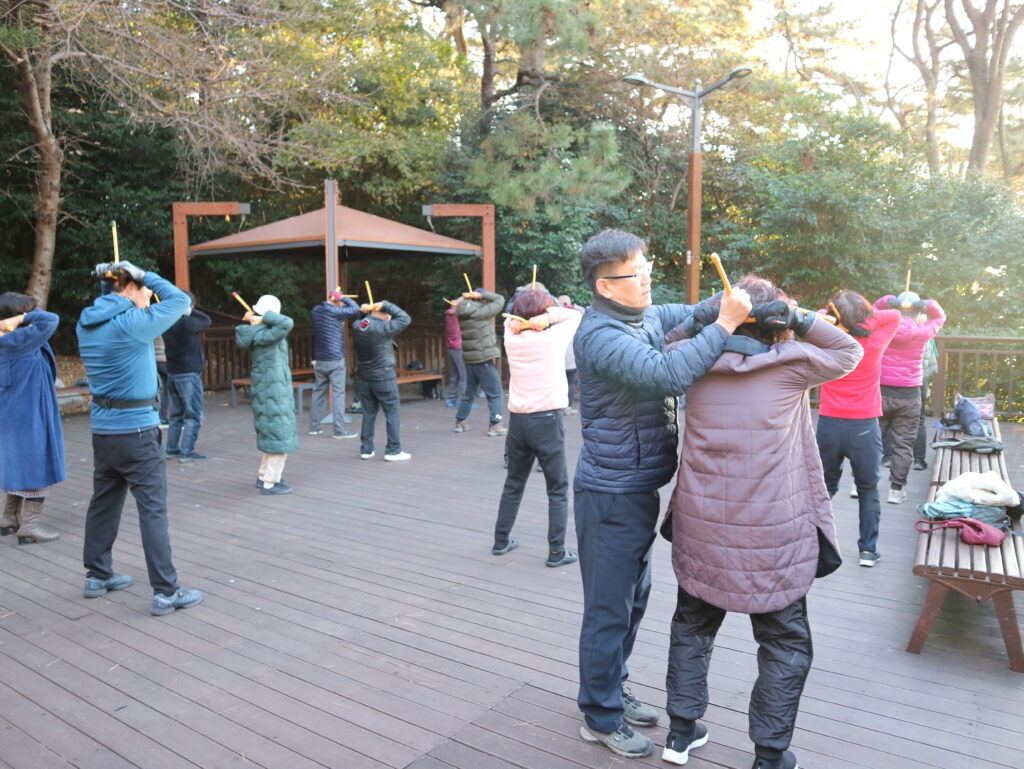

Q: What makes the park special despite individuals having the option for more personalized, comfortable in-door facilities to manage health?
There are various reasons, but above all, I think the healing effect that nature provides is the most significant. Doing Kigong or meditation indoors is good, but changes in body and mind are more pronounced when done in nature.
And, I believe sincerity is key. Living in intense competition, people accumulate so much baggage in their hearts. But, when they come here, there’s only energy to share with each other, leading to healing.
Q: I heard you’ve been conducting training every day for over eight years, except weekends. With a job, it must not have been easy.
It wasn’t easy at first. There were misunderstandings about my sincere intention such as, ‘Is he here to do business?’ They even chased my members away when gathered for the training. I went through such times. However, each person who joined me during those challenging times was truly precious. So, I couldn’t miss a single day.
After about a year, I came to realize. I initially thought I came here to volunteer, but it turned out to be the other way around – ‘These people are helping me.’ Without them, I would have returned to my unhealthy habits.
Looking back, I feel really grateful. It’s the first time in my life that I’ve been able to do something for a long time. What I thought would last only a year has now exceeded eight years.
Q: Tell me more about your training class.
My goal is to help individuals become the masters of their bodies, and once their bodies improve, they can also help others. Rather than complex movements, I focus on repeating simple vibrations, guiding participants to concentrate on the sensations in their bodies. It’s something they’ve never focused on before, but by following, they quickly feel a transformation in their body and mind, bringing about a sense of peace and increased comfort.
Q: The park has over 100 members, and there are many long-time members. How would you like to develop this community in the future?
I want to create a ‘Sarangbang’ for this neighborhood. Sarangbang in Korean refers to a room or space typically designated for socializing, gathering, and spending time together with friends or community members.
We have an aroma therapy instructor among our members. Recently, I arranged a space for her to give a free lecture to park training ground members. In this way, I want to create a community where the members can share their expertise or wisdom with other people.
As people age, they may be left out because they can’t keep up with new technologies or knowledge. However, elderly individuals possess valuable wisdom and experiences that young people lack. I hope a culture can be cultivated where they share experiences, talents, and life wisdom with the community. This is the motivation behind naming the park training ground ‘Dongbaekseom 120 Club,’ aiming to create a life where individuals can contribute to society healthily until the age of 120.

